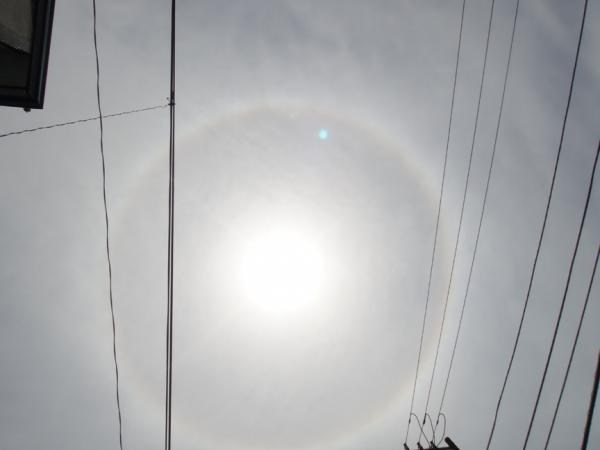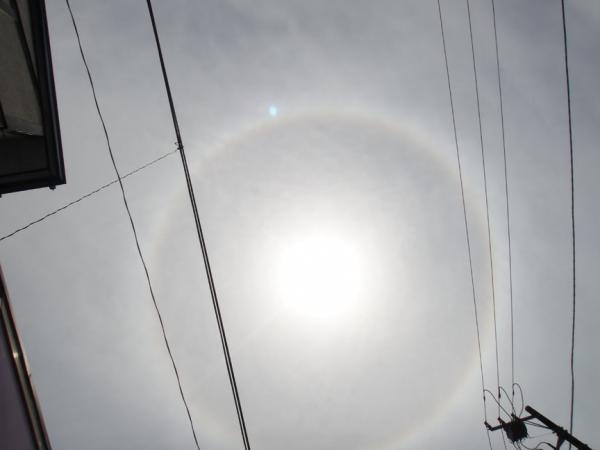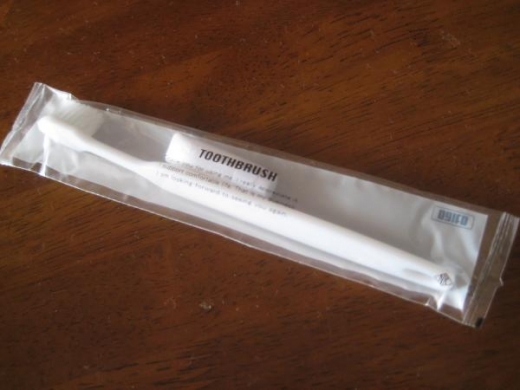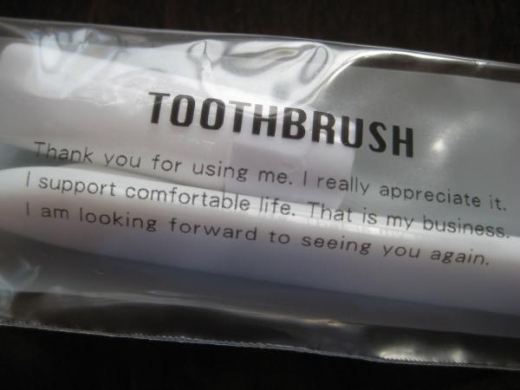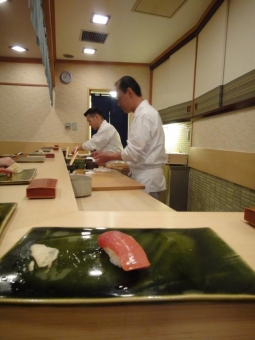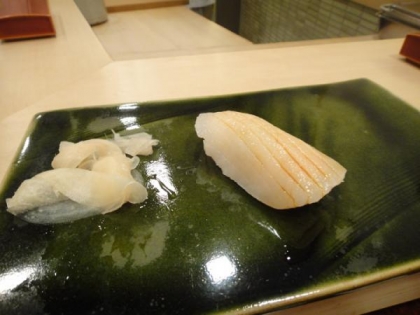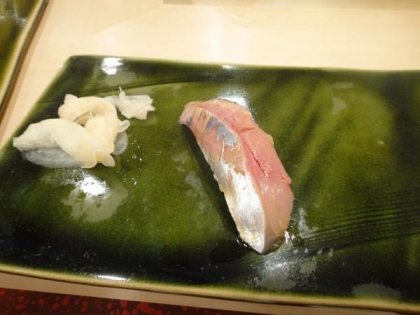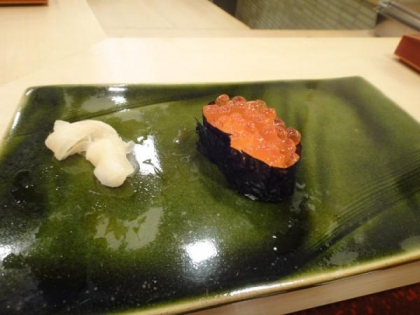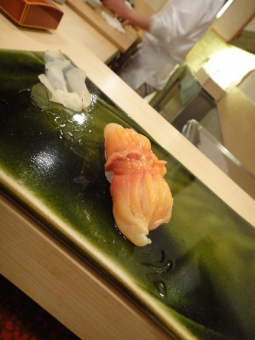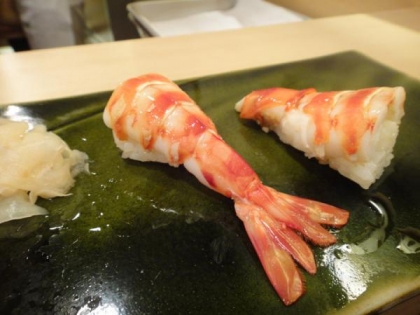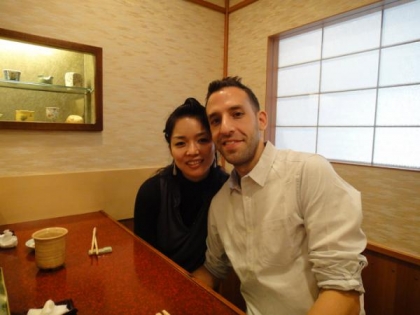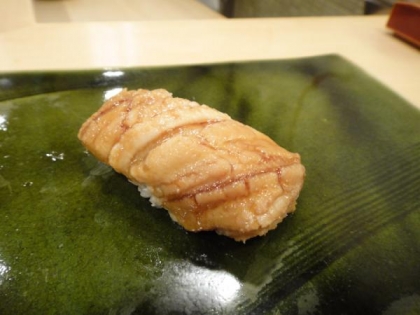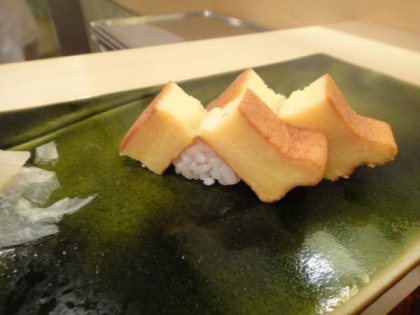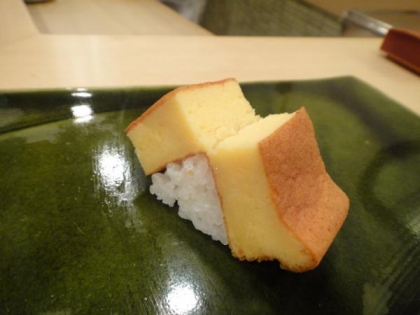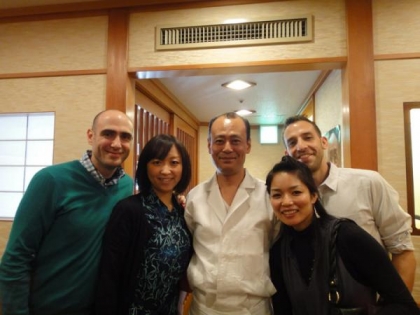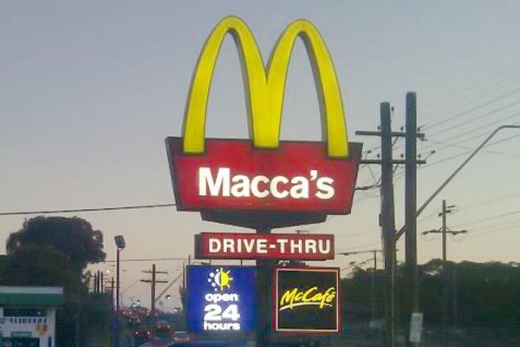What is the point of school? What should students be learning and what should we be teaching?
There is no one answer to these questions and many of my friends and colleagues argue over them. I’m not sure that there is only one answer either, but I have a perspective as an educator (upper primary at IB PYP schools) and a parent of very young children. I would like to outline some of my ideas here along with practical ways to implement them in the classroom.
Of course, we do not know what the future world will look like for young children today. We want to best prepare them for this unknown future, but how? Well, in my opinion, the best way is to focus on the transdisciplinary skills (in IB they are: Social, Thinking, Research, Communication, Self-Management). Instead of ‘soft’ skills, I like to refer to them as human skills. These skills are tools that if understood and mastered, will allow children to accomplish anything they will face in the future. Of course, these skills can’t be taught in isolation and must be taught through knowledge and concepts. In addition, it is also important to develop other dispositions to help children be successful in their own lives and caring members of society.
I know none of those ideas are revolutionary. Schools have been and are currently doing all of the things that I mentioned. The difference though is that our education system seems to be more focused on the knowledge part. Of course, knowledge is important, but I think we need to shift the focus from knowledge to skills and dispositions. As I mentioned before, skills need to be taught through knowledge, so I am not saying that we should not teach knowledge, but rather the spotlight should shift to focus more on skills so that both can be developed. We have a long history of ways to assess knowledge but need to develop new ways to teach and assess skills. In addition, I think we should be developing ways to talk about and discuss dispositions with students, but this is an area we should not be assessing.
Often these ideas are discussed but rarely do I hear practical ways they are being implemented in the classroom. I know that teachers are doing it though and I have recently started discovering people who have already been doing this in the classroom and others who are on a similar journey now. I want to share in this blog some practical ideas that I have been developing and explain how I have been trying to shift the focus to skills and dispositions in class.
When creating a new unit, my first step is not just thinking about the knowledge or concepts that I want students to develop, but I also start with the skills. As I am an IB PYP teacher, I think of them in what I like to call ‘Skill Families.’ We have Social, Thinking, Research, Communication, and Self-Management Skills.
I have found over the years that a good way to develop these skills is to focus on one family during each unit as a split screen with the knowledge being taught. This is explicitly explained to students as well. They understand that the unit is not just about knowledge, but also focused on a particular set of skills. During the unit, we explicitly discuss, learn, and assess the skills in addition to the knowledge. We practice the skills through the knowledge we learn. At the end of the unit, we not only assess the knowledge/concepts but also assess the skills. Then, the next unit builds on/uses the skills from the previous unit, but it is not assessed.
Here is an example of how an order of units might look:
Unit 1:
Concepts/Knowledge: Humans migrate for many reasons
Skill Family Taught & Assessed: Communication Skills (Students did presentations of their work 2x during the unit)
Unit 2
Concepts/Knowledge: Human behavior contributes to a changing environment
Skill Family Taught & Assessed: Social skills (Students worked in groups together to present work and ideas)
*Communication skills were built on here (but not assessed) as they used their understanding of communication skills from the previous unit.
Unit 3
Concepts/Knowledge: Body systems work to keep us healthy
Skill Family Taught & Assessed: Research skills (Students worked in groups to research a body system and present it)
*Social & Communication skills were built on here as students worked in groups and presented their work, but these were not explicitly assessed during this unit.
As you can see, only 1 specific skill family is explicitly focused on during each unit. As the units progress the previous skills are used and discussed, but they are not the focus and are not assessed.
How might this look in action? Explicitly teaching and assessing skills is something that I have been working on and developing over time in collaboration with other wonderful educators. I am still refining and developing these ideas and welcome suggestions to improve them.
I will break down the unit I recently did on social skills (unit 2 above). It was a Sharing the Planet unit, and the knowledge/concepts were about human influences that impact our environment.
1. We started with a provocation (for both skills and knowledge). I asked students what would happen to the Earth if all humans suddenly disappeared? They worked in small groups to plan their thoughts and then presented their ideas in a short video. After working together and presenting their videos, we discussed the content of their ideas (and watched a movie about the exact topic). In addition, students also completed a reflection sheet about how they worked together in groups. These reflection sheets (which I created and can be downloaded here) were used multiple times throughout the unit (and even used in some specialist classes) as a way to focus discussion back on social skills.



2. We had workshops with interactive activities, discussions, and role-plays that were about the different ‘sub-skills’ that we focused on during this unit: respecting others, regulating your emotions, accepting responsibility, resolving conflict, and group decision-making. We learned about the 7 norms of collaboration, read a book about regulating emotions, discussed what makes a good group and good leader, learned about win-win, win-lose, lose-lose situations, and about different ways to make group decisions and resolve conflict.

3. We then did more group activities as challenges in small groups throughout the unit. Students were learning content knowledge about the unit and that was valued and was important, but a big focus was also on how the group worked. What went well? What didn’t go well? Why? After each group task, students completed the social skill reflection sheet about their experience. Students not only reflected as a group but also on their personal contribution to the group (or lack of contribution). They reflected after each group task and made small goals to improve or challenge themselves when working on the next group task.
4. At the end of the unit, students did a final group challenge that built on the knowledge they learned and the skills they have been developing and practicing. In order to assess their knowledge, they were marked on a rubric. I hate being the judge and jury though, so the final mark was not one mark that the teacher decided, but rather the assessment of at least 3 different perspectives. I try and include the student, peers, teacher, and parents when possible. In this instance, the student, peers, and teacher all marked the rubric based on their perspective.

In order to assess the skills, I like to use an adapted version of the Gradual Increase of Independence developed by a friend and former colleague, Suzanne Kitto (@OrenjiButa).

I find this to be an amazingly simple yet powerful way to assess skills. I think that most parents would agree that the goal for their children is for them to do things independently. That is how this system works and the goal is for children to develop independence. The example I like to use is learning to tie your shoes:
Beginning – You don’t know how to tie your shoes, so your parents do it for you. You watch and learn. You are just beginning to understand how to use this skill.
Supported – After watching for a while, you start to try doing it on your own. It is still challenging and you need support and help from your parents. You can’t quite do it yourself yet, but are learning and developing with guidance.
Independent – Yes! You can now tie your shoes on your own and your parents only need to watch from a distance.
Leading – Now you have become an expert in tying your shoes, maybe you teach your younger sibling or decide to learn or create a new fancy knot.
This system is very simple for students to understand and assess themselves on for almost any skill. It works like a single-point rubric since all you need to do is develop a shared understanding of what independent looks like. This can be done by the teacher or better together with the students during the unit so the language is clear and in their own words. What independent looks like changes as children grow, since what they can do independently will develop over time. Creating a continuum for the school and a way for students to track their development over their learning is something that we have been thinking about at my school. If anyone has ideas about this or has created one, please let me know as I would love to learn from your ideas.
For this particular unit, I did something a bit differently, which I will explain further down. I wanted to give an example of what I mean though, so I have put an example from a research unit, where the criteria for independent was developed with the students during the unit.

Usually, I will try and triangulate the skills in order to assess them by asking for at least 3 different perspectives. In this case though, since it was social skills, I felt that having an honest reflection from the group about each member’s strengths and areas to improve, along with an honest self-reflection from each student would be the best way to assess these skills. I helped to mediate and added my opinion from my perspective as well in order to “triangulate” it, but for the most part, when everyone was honest (and young learners tend to be), all three parties agreed.
Here are some of the reflections:



In addition to skills, I have recently been exploring different ways to teach dispositions. There are many different types of lists of dispositions that will help children be successful in their lives. Things like curiosity, perseverance, etc… In the IB, we have the Learner Profile with things like Caring, Inquirer, Principled, etc…
I don’t like the idea of assessing these dispositions against criteria, but have recently been exploring ways to discuss them and visually track them.
One way I have just started is through individual student graphs – I asked students to choose from Stress, Anxiety, Nervousness, or Frustration & track it through Exhibition (a personal inquiry at the end of elementary in IB schools). In groups, they created criteria/ratings, & once a week they posted their feeling for the week. Then they met in groups to discuss feelings, strategies, & ways to manage their feelings. The conversations that came out when reflecting were amazing. Students shared strategies like changing mindsets, doing exercise, & working with different people or independently to help. They then set goals for the next week.




The second way I have been developing is through a graph crossing 2 different dispositions. The first one I did had “I persevered through difficult tasks” at the top and “Things were not very challenging” at the bottom. Across, on the left was “I worked by myself” and on the right was “I collaborated with others.” There is no negative quadrant, all are equally valued. Every day, students reflected and then placed a picture of themselves on the graph where they thought they were for the day (different colors for each day). Student thinking, reflections, trends, & conversations were what was important – not assessment.





After each day, we looked at the overall class trends (developing analytical skills) and reflected on personal changes. We had some truly interesting discussions and noticed some interesting trends. We noticed after day 1 that students didn’t really challenge themselves the first day. Then after day 2, more students were persevering through some difficult tasks, but only when working individually. This trend continued pretty much through the week and we also started noticing that when working with others, students were not working through difficult challenges. None of this was wrong, just interesting. We thought about why it might be happening, having more conversations about the positives and negatives of working alone vs. collaboratively, and how that might affect perseverance. Students also noticed personal trends. All of this meant that students were thinking deeper about these dispositions, how they connected, and how it was happening in our class and in themselves.
I am exploring some other ideas for criteria on the graph such as:
- I was focused & dedicated on one thing – I was balanced & worked on a variety of things crossed with I was a listener – I was a communicator
- I was caring to others – I was cared for by others crossed with I was dedicated to my plan & focused on my steps – I was able to work flexibly
- I was creatively developing new ideas – I was executing 1 idea in detail crossed over I asked a lot of questions – I researched answers to questions
I think it will be interesting to mix and match these criteria to discover different connections. I also feel that this graph has been an interesting tool for students to deeply discuss and understand these dispositions in a real-world manner and reflect on their usage and behavior.
As always, I am curious what others think about these ideas and am interested in other ways to explicitly teach and assess skills and develop dispositions. Please reach out – I look forward to hearing from you and sparking a conversation.

